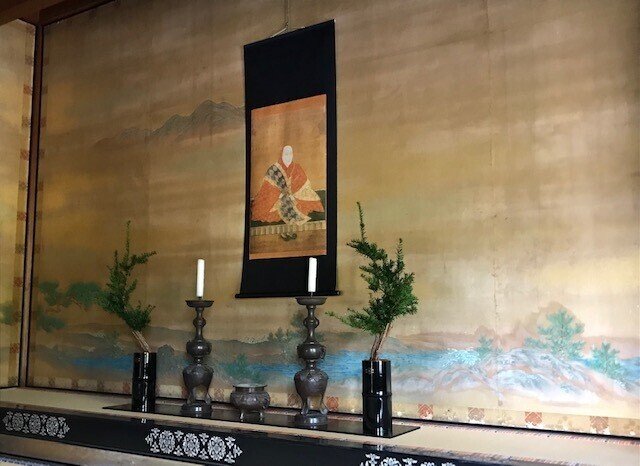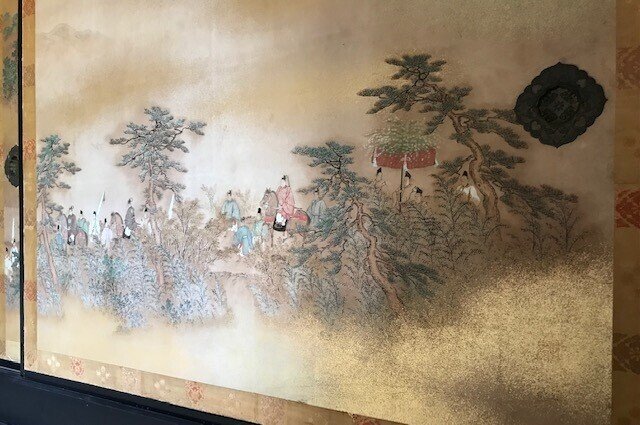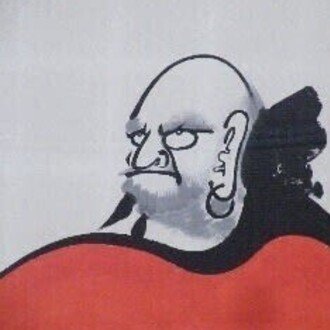
「障壁画・といろ」 仁和寺の宸殿を彩る 【といろ(十色)シリーズ】 "Barrier painting・Toiro" Color the Palace of Ninna-ji temple [Toiro (ten colors) series]
仁和寺の二王門をくぐるとすぐ左側に本坊表門があり、表門の奥に本坊といわれる御殿が建つ。その御殿の中心になる建物が儀式や式典に使用される宸殿(しんでん)である。明治20年に焼失するまでは、寛永年間に御所から下賜された常御殿(天皇の御座所)が使用されていた。
現在の建物は1914年(大正3年)に再建され、御所の紫宸殿とおなじように檜皮葺(ひわたぶき)の屋根の建物。内部は、明治期に京都画壇で活躍した日本画家・原在泉(はら ざいせん)が描いた華やかな襖絵や壁絵が宸殿を彩る。
Immediately after passing through the Nioumon Gate of Ninna-ji Temple, there is the Honbo Omotemon on the left side, and behind the Omotemon is the palace called Honbo. The central building of the palace is the Shinden, which is used for ceremonies. Until it was burnt down in the 20th year of the Meiji era, the Tsunegoten (the emperor's throne), which was given by the Imperial Palace during the Kanei era, was used.
The current building was rebuilt in 1914 (Taisho 3) and has a roof of Hiwatabuki, similar to the Shishinden Hall of the Imperial Palace. Inside, the gorgeous fusuma paintings and wall paintings by Hara Zaisen, a Japanese painter who was active in the Kyoto art gallery during the Meiji era, decorate the shrine.





リポート&写真/ 渡邉雄二 Reported & Photos by Yuji Watanabe
いいなと思ったら応援しよう!

